Kerry Central Regional Water Treatment Plant
Key Information
Project Value €/£
€27 Million
Client
Irish Water
Duration
24 Months
Location
Kerry, Ireland
Sector
Municipal
Project Overview
The Kerry Central Water Treatment Plant is nestled on the shores of Lough Guitane, the primary source of the water treatment plant. The scheme provides a safe and sustainable drinking water for over 62,000 people in “Ireland’s Tourism Capital” Killarney among other locations in Kerry including Tralee, Castleisland and Castlemaine. The Lough Guitane water treatment plant is one of the largest in the country and can provide 51 million litres of treated drinking water every day. Glanua (formally Glanua) was appointed as Design Build Operate (DBO) Contractor for the scheme in 2016. Uisce éireann (formally Irish Water), in association with Kerry County Council, acted as the Contracting Authority and oversaw the Project from design to commissioning.
The project was designed in-house by our multi-disciplinary engineering team. It consisted of the end-to-end upgrade of the plant with new raw water abstraction facilities, raw water storage, coagulation, flocculation, clarification, filtration, disinfection, clear water storage and high lift pumping as well as all ancillary chemical dosing systems, sludge processing and control and SCADA works.
Construction commenced in April 2016 and was substantially completed within a 24-month period, on budget and to a very high standard. When the treatment plant was commissioned it was then handed over to our operations team, who now operate the facility as part of a long-term operation and maintenance contract.
The success of this project was marked by the award of Engineering Project of the Year in the Engineers Ireland Excellence Awards 2018.
Our Approach
Our approach in the Kerry Central project was to utilise our in-house multi-disciplinary engineering teams to deliver an efficient, innovative and sustainable solution.
The process, mechanical and electrical design was completed in-house for this project ensuring that design efficiency and co-ordination were at the forefront of the design process. In our approach we utilised Digital Construction tools and BIM to model the entire project prior to construction, using this model for interactive planning, HAZOPs, operability studies and clash detection.
Utilising the benefit of our in-house civil engineering and building expertise we were able to co-ordinate the various disciples of civil, building, mechanical and electrical installations on-site to achieve high levels of efficiency, safety and speed of construction. We utilised large levels of off-site manufacturing and DfMA to reduce installation time on-site and speed up construction. By utilising pre-cast tanks and building as well as pre-fabricated structures, pipework and skids we were able to make significant programme gains delivering the project on schedule and removing the scheme from the EPSs Remedial Action List.
Glanua utilised an innovative approach to the management of site-wide interaction with the control system by providing a mobile SCADA application for use on the move via tablets facilitating process adjustments at location in real-time. This novel approach improved the operability of the system whereby in traditional circumstances an operator must walk to a HMI or fixed SCADA location to make process changes and return to the plant location to assess the process adjustment effect.
Advantages of our innovative multi-disciplinary engineering approach:
- Rapid and safe construction through pre-casting, pre-fabrication and DfMA.
- Efficient operations through use of a mobile SCADA application accessed via tablets.
- Renewable energy by way of use of a hydroelectric turbine to harness energy from an incoming upland river source.
- Co-ordinated, safe and rapid construction via a multi-disciplinary in-house delivery team.
- A collaborative relationship with our Client, Clients Representative and all key Stakeholders ensured that the collective objectives of the project were delivered on-time, safely and to the highest quality standards.
- Selection of the most efficient and robust equipment through while life cost analysis of individual assets.
- Use of Glanua’s advanced digitalised Asset Management application to notify, schedule, record and archive maintenance activities on-site.